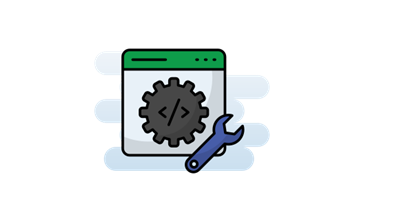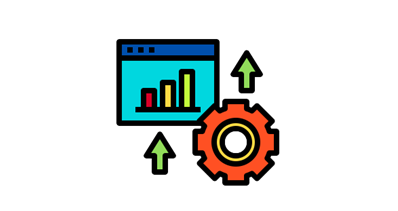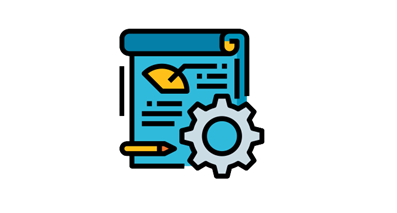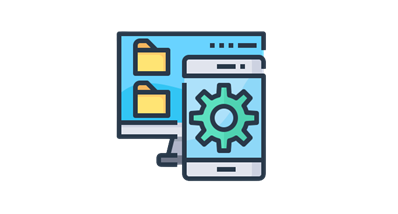Software Solutions
"Software Solutions" refer to comprehensive and customized approaches to addressing various challenges or needs through computer programs, applications, and digital technologies. These solutions are designed to provide specific answers to problems or streamline processes within an organization or for individual users. Here is a more detailed elaboration of this concept:

1. Problem-Solving:
Software solutions are created to address distinct issues or fulfill specific needs, spanning from uncomplicated applications for fundamental tasks to intricate systems tailored for complex business demands. An instance of this is customer relationship management (CRM) software, designed to assist businesses in enhancing their customer interactions and management.

2. Customization
An essential characteristic of software solutions is their capacity to be personalized to match the distinct requirements of users or organizations. Developers can modify software to encompass particular features, functions, and interfaces that harmonize with the user's objectives and workflow. This flexibility guarantees that the software skillfully caters to the user's needs.

3. Industry-Specific
Numerous software solutions are tailored for particular industries or sectors. For example, healthcare software solutions may encompass electronic health records (EHR) systems, while manufacturing companies might rely on enterprise resource planning (ERP) software to oversee their production processes. These industry-specific solutions are precisely calibrated to address the unique requirements and regulations of those sectors.

4. Efficiency and Productivity
Software solutions are designed to improve efficiency and productivity by automating tasks, simplifying workflows, and offering tools for data analysis and decision-making. For instance, project management software enables effective team collaboration, progress tracking, and meeting project deadlines.

5. Scalability
Software solutions frequently possess the ability to expand and adjust to meet growing requirements. When an organization expands, its software can be modified to manage larger data volumes, additional users, or more intricate operations. This scalability guarantees the software's ongoing relevance as the organization evolves.

6. Integration
Numerous software solutions are engineered to integrate with other software applications and systems, promoting the seamless exchange of data between different tools. This integration diminishes data silos and elevates overall efficiency. For example, accounting software may integrate with inventory management software to ensure the accuracy of financial records.

7. User Experience
The user experience is a pivotal component of software solutions. User-friendly interfaces, intuitive navigation, and comprehensive documentation are indispensable to enable users to efficiently employ the software in fulfilling their requirements.

8. Maintenance and Updates
Software solutions demand continuous maintenance and updates to confront security vulnerabilities, introduce fresh features, and guarantee compatibility with advancing technologies. Timely updates and support are pivotal for the durability and efficiency of a software solution.
In summary, software solutions span a broad range of tools and applications tailored to tackle distinct challenges, boost efficiency, and elevate productivity. They are versatile, customizable, and industry-specific, with the ultimate goal of delivering effective and practical solutions to digital-age problems.

Application Development and Maintenance services

Creation of an online citizen database

Enhancement and optimization

Project Management

ERP / CRM implementation

Application Management

Migration and e-engineering


